Cars traditionally lose value as soon as you drive them off the showroom floor. But not all Australian-made cars it seems.
This year has been marked by the huge spike in demand for the final run of locally made muscle cars, with a pair of HSV GTSR W1 Maloos selling for more than $1 million apiece and, only a few weeks ago, a GTSR W1 sedan fetched $750,000 at auction.
Whether you’re a petrolhead or not, that’s a great investment, because the W1 sedan was likely purchased for only $169,990 before on-road costs back in 2017. So, in just four years this Aussie-made sports sedan has increased more than $580,000 in value.
According to Christophe Boribon, national auctions manager for Shannons, there has been more demand for local metal since production stopped but, more recently, he’s seen a 10-15 per cent increase across the market since the COVID-19 pandemic began early in 2020.
The combination has seen these record-setting prices, but how long will it last?
“That’s the million-dollar question,” Mr Boribon said.
He explains that demand for the limited-edition models, such as the GTSR W1, will make them relatively safe investments, but the very nature of car investing is unpredictable.
Ben Stack, Dutton Garage’s Classic, Motorsport and Modern specialist, shared a similar view.
Mr Stack believes that the market could yet go higher for the rarer models, but the likes of the mass-produced models such as the Holden Commodore SS-V Redline and Ford Falcon XR8 will likely reach a limit of supply and demand.
“I think there’s a lower-end bubble, but the top-end stuff, the limited-run models, I think is a good investment… I think once they go past [$1m] they never go back,” Mr Stack said.

He added there are limits to the prices people will pay for an HSV, even one as rare as the HSV GTSR W1 (with only 298 built for Australian and New Zealand markets), compared to more traditional collectable cars from European brands such as Ferrari, Porsche and Lamborghini.
“The problem you face there is that it's a global market,” Mr Stack said. “This is strictly an Australian audience.”
It’s a view supported by Mr Boribon, although he’s confident that there are enough Holden and Ford fanatics to keep the market strong, even if the long-running rivalry has faded amid the closure of local manufacturing and the demise of Holden.
“There is a generation out there that love Holdens and Ford and that’s not going away any time soon,” Mr Boribon said.
Another factor that makes evaluating the long-term value of these Australian muscle cars is the potential future audience. With Holden gone and Ford a fully-imported brand, how many of today’s children will grow up dreaming about spending big bucks on a Commodore or Falcon in 20 or 30 years? Might they instead prefer the current generation of electric vehicles or even the Japanese sports cars like the Nissan GT-R, Toyota Supra and Honda NSX made famous by popular culture, such as the Fast and Furious movie franchise?
.jpg)
“It’s a hard question to answer,” Mr Boribon explains. “Are they going to be into eco cars? Is that going to be a point for them making a decision on what or if they’re going to collect?”
Both industry experts cited other benefits for the wealthy to, pardon the pun, park their money in valuable cars. One major factor is the potential benefits of avoiding capital gains tax which is common when investing in shares or property.
And Mr Boribon gave another meaningful reason.
“I don’t look at it from a monetary point-of-view, it’s a lifestyle too,” he said. “I always say when people ask me about investing in cars, you can’t drive your shares. With cars you can get out and drive them, enjoy them with your family… It’s hard to put a dollar value on that.”
What both Mr Boribon and Mr Stack agree on is ultimately investing in cars, like any potentially lucrative investment, be it shares, cryptocurrency or property, it carries inherent risk.
Or as Mr Boribon puts it: “If I had a crystal ball 20 years ago, I’d be a multi-millionaire now.”



.jpg)








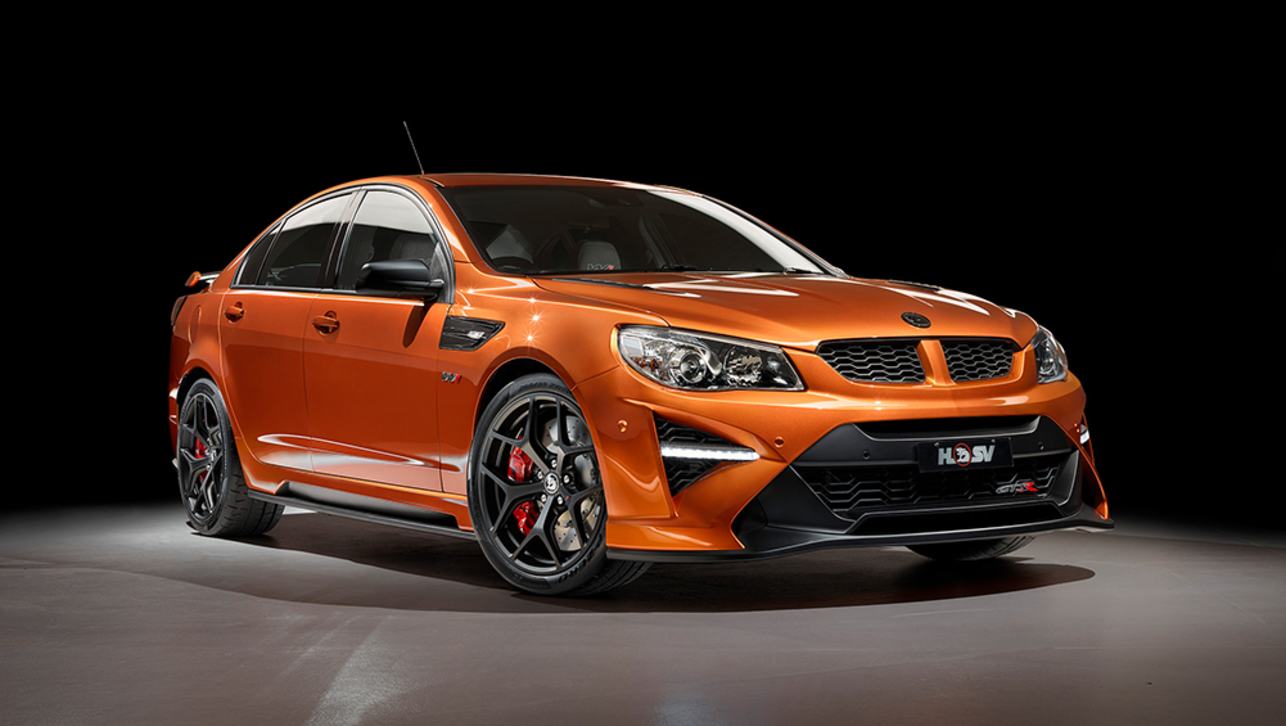
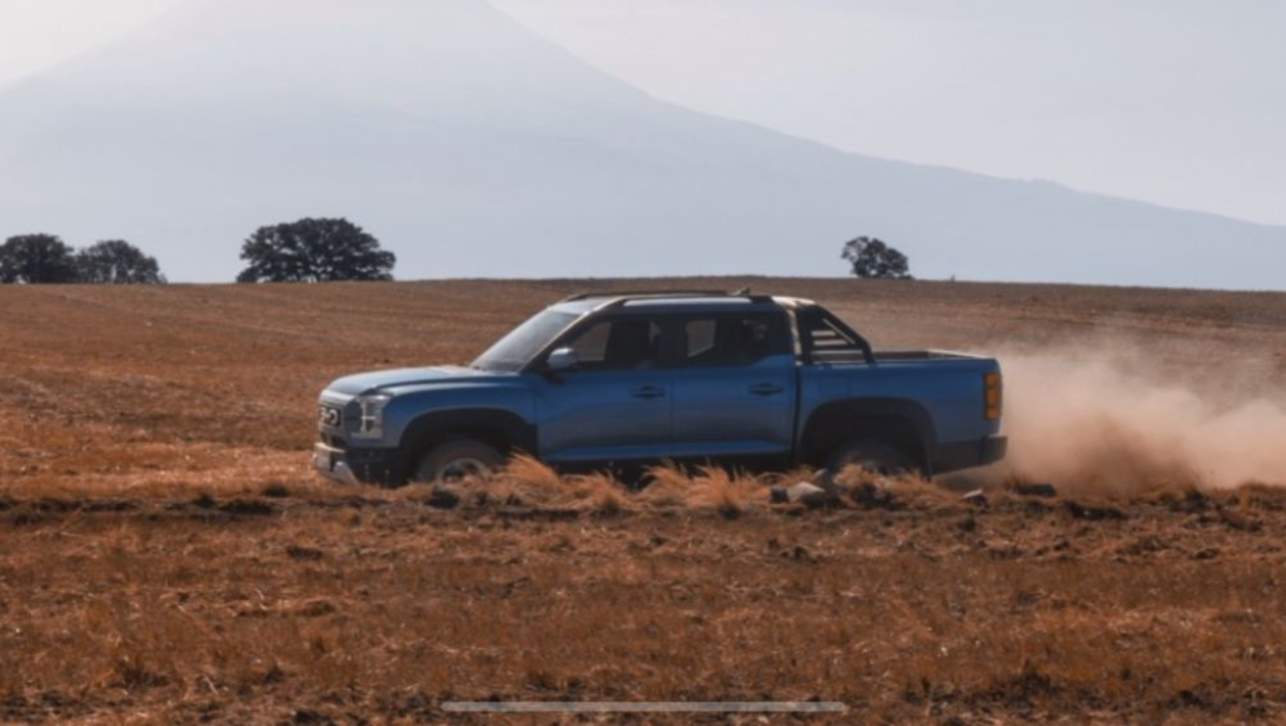
.jpg)
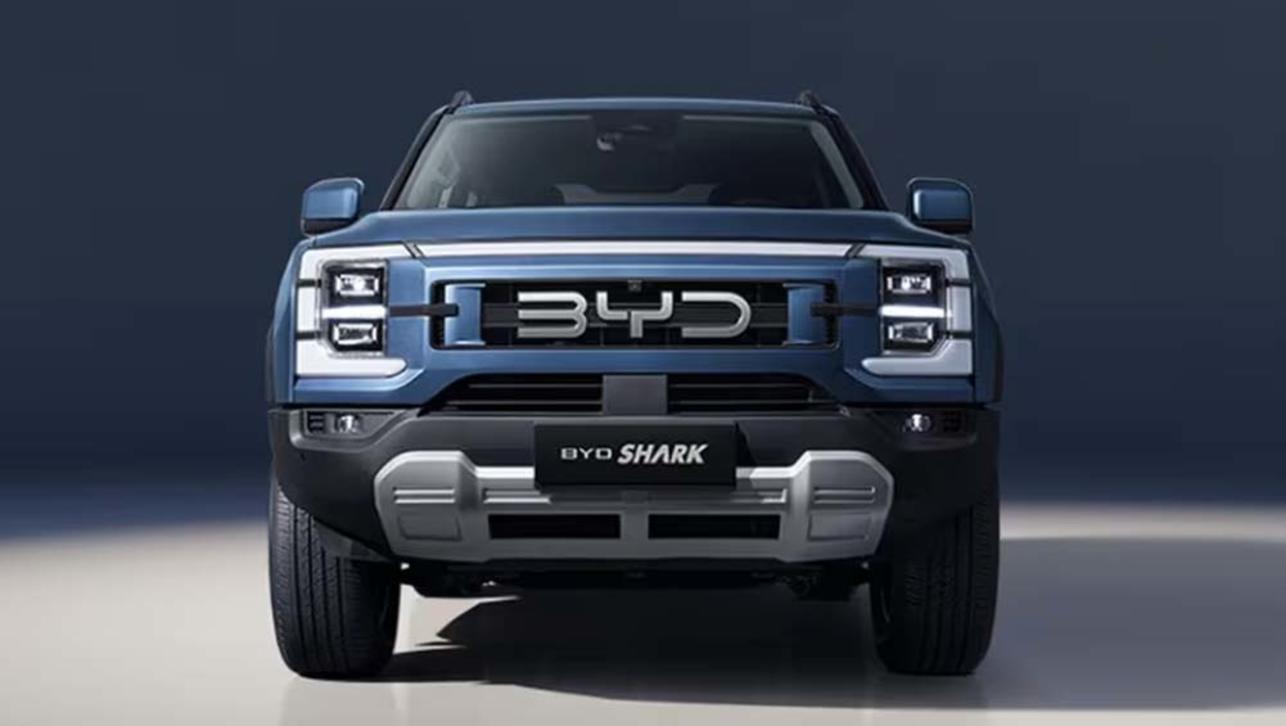
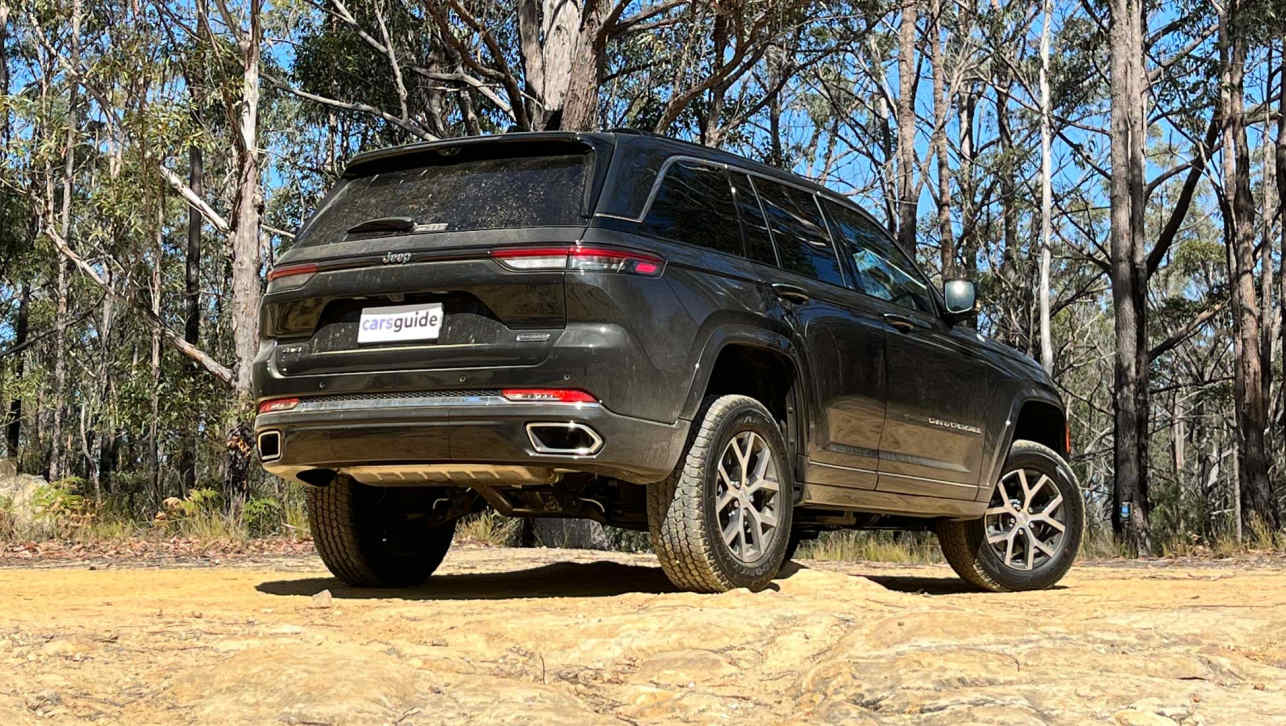
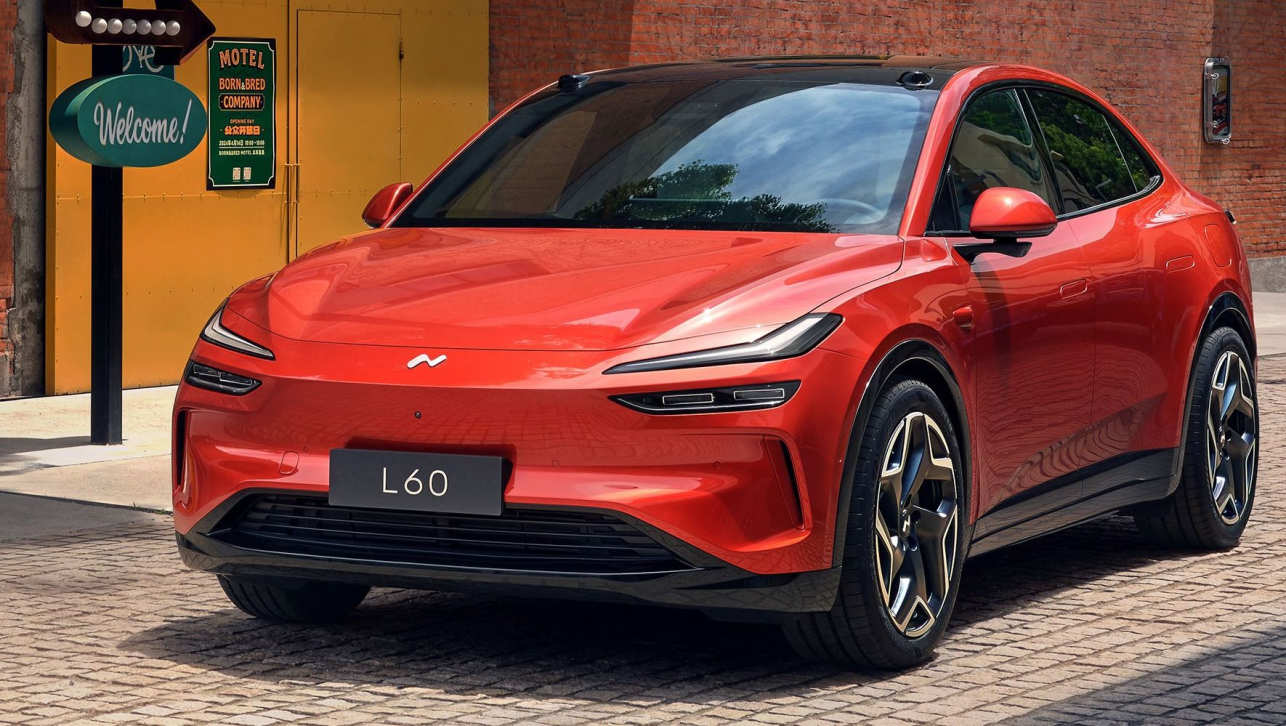


.jpg)


.jpg)




.jpg)
Comments